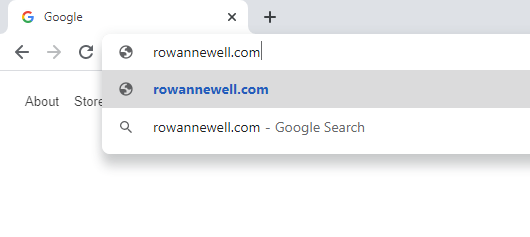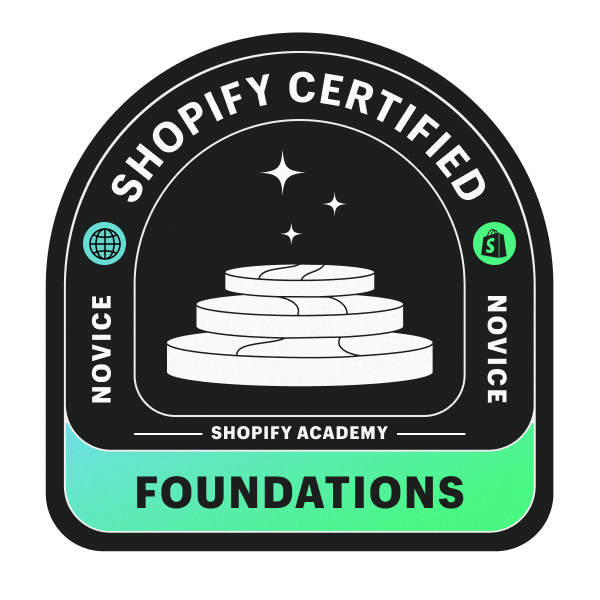If you’ve ever considered creating a website, redesigning one or perhaps even looked into creating a blog, there’s a high chance you’ve come across the term SEO. SEO, which stands for Search Engine Optimisation is a process that is followed to improve the ‘organic’ traffic to your website. Any view of your website that was gained through someone searching a key term on a search engine like google and then finding and view your website is considered organic traffic.
There are a number of different categories of traffic that your website can get. The main ones are Organic, Direct, Referral, Paid, Social and Email Marketing.
Organic
Organic traffic is that which is gained through search engines, where a user has typed a keyword or phrase into a search engine such as google, bing or yahoo and your website is one of the results that are returned, which is where SEO plays such an integral part. If your SEO is poor there is a much lower chance of your website appearing in the search results.
Direct
Direct traffic consists of any user that types your URL directly into the browser to go to your website. For example if you were to open your web browser and type in rowannewell.com and go to my website, this would be considered direct traffic.
Referral
Referral traffic is that which is gained through other websites linking to your website and a user clicking that link. An example of this is any of the links that I have used in this article. If you were to click on any of those links, that would count as referral traffic for that website.
Paid
Paid traffic is traffic gained through a paid ad campaign. Google AdWords is probably the most prolific platform that is used for paid campaigns, however there a number of social media sites like Facebook that also offer paid ad campaigns.
Social
Social Media traffic is kind of self explanatory, this is any traffic that has been obtained through a link that was posted on a social media platform like Facebook, Instagram or Twitter. Social media traffic can be from either a paid ad campaign or an organic post. This is fast becoming one of the most common forms of website traffic with the enormous role that social media plays in our day to day lives.
Email Marketing
Email marketing traffic is basically any traffic that comes from a user clicking a link in an email. Every time you receive an email, are intrigued by what it has to say and follow that link through to the website, that’s consider email marketing traffic.
SEO
When you start to look into SEO it can become a bit overwhelming with the amount of different factors that play into what is considered best practice. One term you will hear quite a bit when looking into SEO is ‘keywords’, keywords are simply the words that users are most likely to type into google when looking for something in particular. For example, if you were looking for a fish and chip shop in Brisbane, you would likely type in ‘fish and chips brisbane’; those are the keywords. The goal is to incorporate these keywords into the content that is on your website to help improve your chances of being one of the top results on the search engine of choice.
This is why, although not necessary, having a blog on your website can be a good strategy for SEO. Obviously there are a number of caveats when it comes to having a blog if one of your main reasons for having it is to improve SEO. The blog posts need to be consistent; search engines love fresh content. The content also needs to be relevant to the key message you’re trying to provide with your website and the content needs to be concise, informative and not just overloaded with keywords.
The algorithms used by search engines are extensive and ever changing, so trying to outsmart the algorithm is poor SEO and honestly a waste of time. Write informative articles that provide answers to your readers and be consistent with posting fresh content.
As listed on Optinmonster, the most important SEO ranking factors are:
- A Secure and Accessible Website
- Page Speed (Including Mobile Page Speed)
- Mobile Friendliness
- Domain Age, URL, and Authority
- Optimized Content
- Technical SEO
- User Experience (RankBrain)
- Links
- Social Signals
- Real Business Information
To keep this article short and sweet I won’t go in to what each one of these entails in this post, but if you’re interested head over to the original article to get a more in depth understanding.
At the end of the day, if you have a well designed website that loads in a reasonable time frame, is secure, works on mobile and you are able to provide fresh content to the website that is consistent with the service or product you are offering, you are already the majority of the way there when it comes to best practice.
If you have any other questions about SEO or would like some help improving the SEO on your website feel free to send me an email and we can have a chat.



